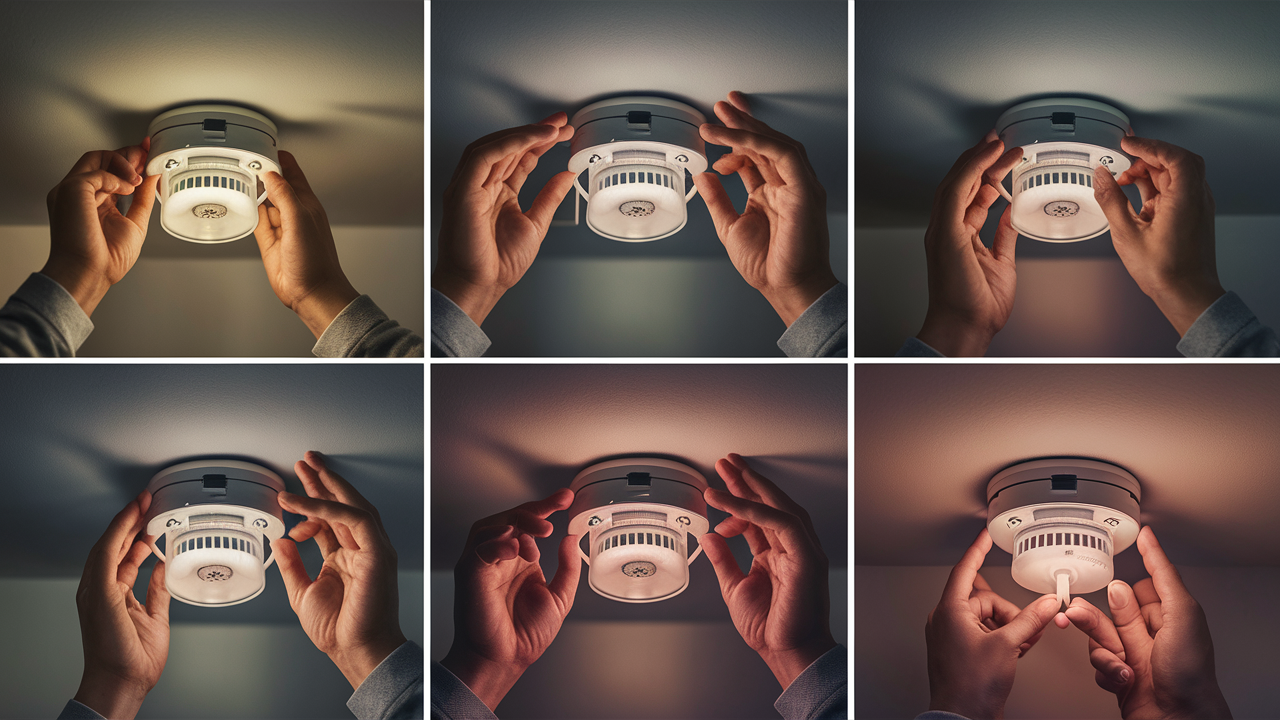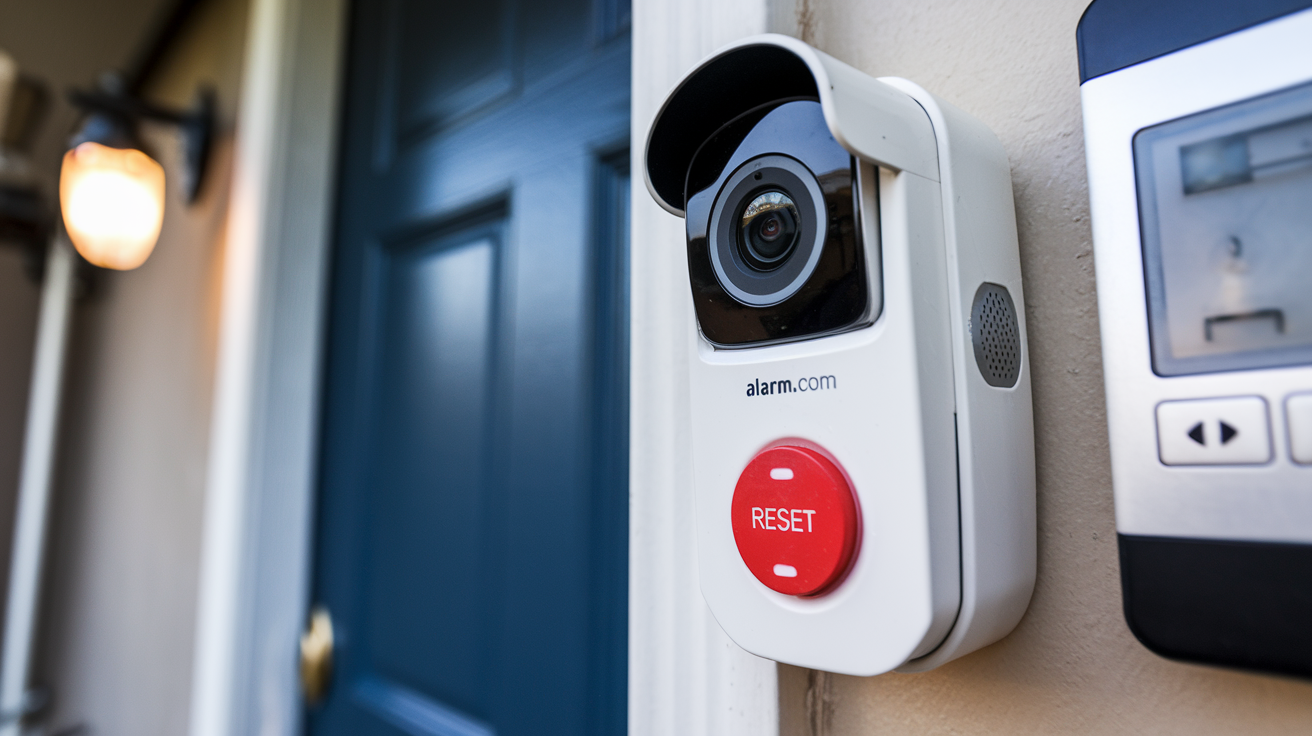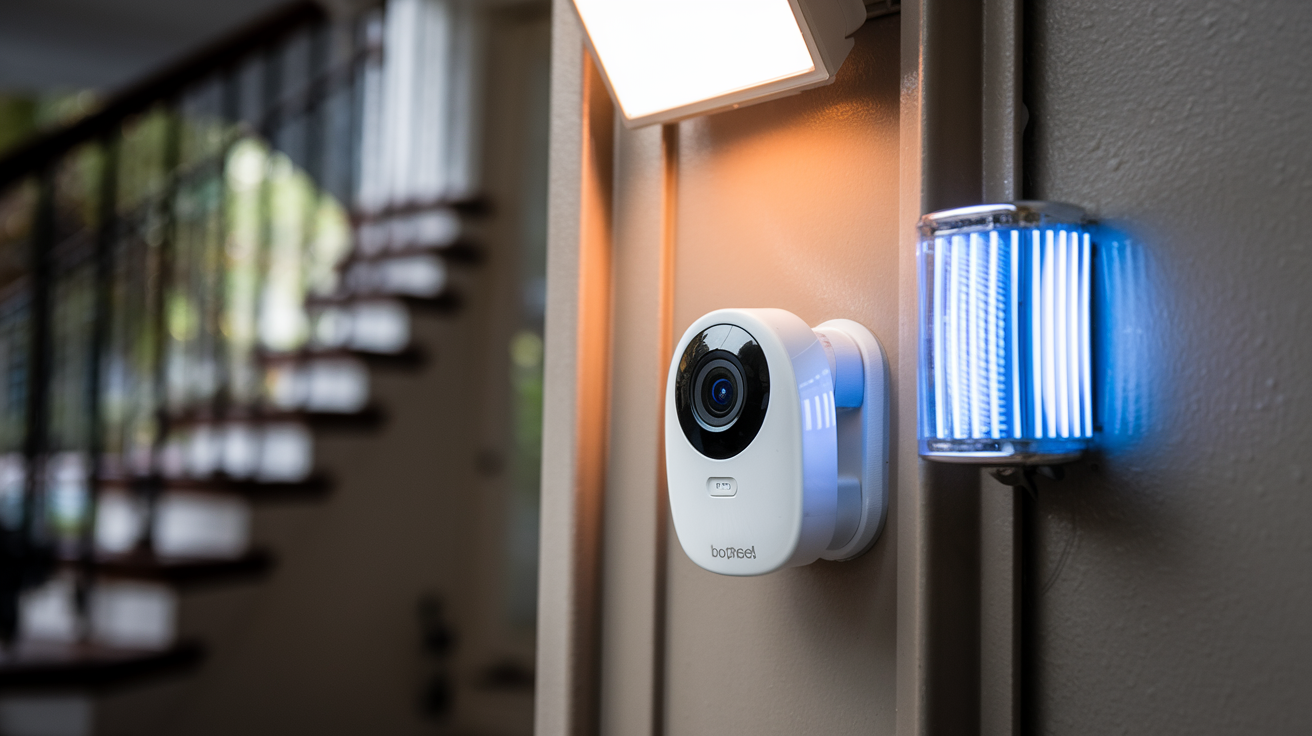Fire alarms are important safety features in homes that identify the presence of smoke and fire in your house so that you and your family can leave the building. Many homes nowadays have smoke detectors and fire alarms that all sound at the same time once there is a fire. This is useful in making everyone in various sections of the home aware that there is an emergency.
After some time, there are instances when these fire alarms can go off in the wrong way because of dust, electrical problems, even steam from cooking, and so on; in such circumstances, you might need to reset your Home Security System so that you can stop the ringing and get the system back to normal. Disarming a house fire alarm is generally easy and it can be done in a few easy steps. Below is a step-by-step procedure on how to safely reset the fire alarms installed in your house.
The first step is to make sure that there are actual fires that need to be fought. However, before doing anything to the fire alarm system, ensure that there is a real need to do so by checking if there is smoke or fire in the house. Go through all the rooms of the house try to smell smoke, and look for fire with your own eyes. The alarms may well have been sounding because of a genuine emergency. If you see any fires in the house then all the occupants in the house should leave urgently, and call the fire department from a safe distance. Do not reset the alarm until all problems have been effectively dealt with.
Find out where the main alarm panel is. All existing interconnected home fire alarms have a master control panel that provides a way of monitoring all the individual smoke detectors and alarm systems in the home. This main panel is usually provided with the reset button and the lights indicating the status of the circuit. Most central alarm panels are installed in hallways, utility areas, basements, bedrooms, garages, etc. Look around your home for the primary alarm hub.
If there is no main alarm panel, on each of the separate alarms, there will be a reset button. Unfortunately, you will need to find and push all of these buttons separately around the house to do this completely.
Press the Reset Button After identifying the location of the main fire alarm control panel look for the reset button. It is normally well-defined and is most times labeled. It is a circular button and most often red with the word ‘Reset’ inscribed on it. Hold down the reset button for not less than 1 second with sufficient pressure until the alarm produces a beeping sound.
This causes all the interconnected alarms to switch off and stop making their ringing sound. The system should switch back to normal operation. Behold any sounds that remain ringing, as they suggest further resetting is necessary.
Reset Secondary Alarms Individually If using the main panel reset button did not turn off all alarms, then it must mean that there are still some individual smoke detectors that are sounding an alarm somewhere within the house. Go around the house and push the test/reset buttons on all of them to power them off. These secondary alarms typically require the user to press a small red button on the devices.
Indicator Lights Inspection and System Testing When all the alarms in the home have been fully turned off, examine the control panel for the lack of activity. It is recommended that there is a light that blinks to signify whether the system is on and functional or not. Some of the colors used are red for alarms/issues and green for normal activity. Let the light remain functional for at least 30 minutes before it triggers other alarms if any.
It is also good practice to check that the system is working after a reset by pressing the test buttons. In most panels, there’s a button that sets off a test alarm sound across the whole system for about a few seconds. Each smoke detectors also have little test buttons. Ensure that the alarms are audible when sounded and adjust them back to their correct position after testing.
Discontinue Alarms That Are Always in Alarm State Sometimes an alarm device itself fails due to age and or electrical problems that give false alarms that cannot be deactivated no matter the push of buttons. If any specific alarm keeps beeping despite the attempts to reset it, then that unit may require replacement. Remove the defective alarm and remove any wires or batteries that may have caused the issue. In addition, to eliminate batteries as the cause, replace them with new ones if it is possible. Replace it with a new one and install it in the same location where the broken one was.
Seek Professional Assistance from a Qualified Electrician If all the alarms are not terminated by pressing the reset buttons or if there are some problems with the activation, then there could be some problems with the wiring of the connecting devices. This can be attributed to either system electrical lines or a short circuit within one of the individual alarm units. A licensed electrician can check for problems with the wiring of the fire alarm system when necessary. It is also noteworthy that qualified specialists can guarantee the highest levels of safety and effectiveness of home fire detection systems.
Change the Batteries One of the other gross causes of fire alarms and false alarms is dead batteries in individual units. Smoke detectors make one final loud beep sound when the batteries are almost dead informing that they need to be changed. Walk through the house and change all smoke detector unit batteries with new ones at the same time to ensure that power levels are equal. Only use authorized alkaline batteries and wait for at least one minute for the alarm units to turn on after changing batteries. Test all detectors later on by pushing the test buttons while waiting for loud alarm sounds. A smoke and fire alarm battery that lasts for one year is normal.
Remove Dust Accumulation from All Detectors The last common cause of final common fire alarm activation is the accumulation of dust and dirt within the alarm units. Dirt can affect the smoke sensors, thus, making the units go off in some instances due to particulate matter other than smoke. Vacuum off the exterior casing on all smoke detectors without having to remove them. After every few months, utilizing a can of compressed air, one should blow dust off inner sensors through any ventilation holes. Maintenance is important to ensure that alarm systems are operational in detecting fire within homes.
Conclusion Disarming a home fire alarm system that has been triggered by a false alarm or has developed some technical issues is usually very easy. First, ensure that there is a real fire at home before going to the main control panel and holding the reset button that is usually labeled for at least one second to stop all the beeping. On any remaining secondary individual smoke detectors that are still alarming, also press the test/reset buttons. Check all the green indicator power lights to ensure that all parts are functioning without further alarms for about half an hour, using the buttons on the panel or the units to test the alarm sound. For alarms that continue to fail, replace the units in question; if wiring is thought to be an issue, then a professional electrician should be contacted. Replacing old batteries once a year and cleaning dust out of alarms also reduces the chances of false alarms in home fire systems. In this way, using these basic reset techniques, home occupants can stay protected, and those annoying loud sounds can be stopped whenever fire alarms go haywire.
Protect your home today with ADT’s top-rated security solutions!
Call now at +1 877-470-7879 to get a free consultation and find out how you can secure your home with the best in the business. Don’t wait—ensure your peace of mind with ADT!







